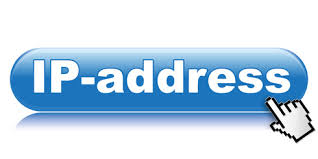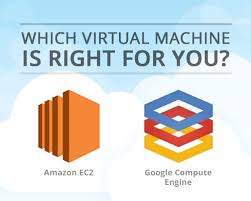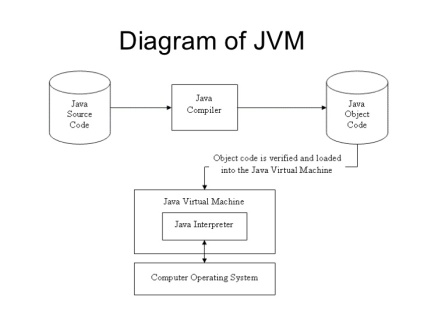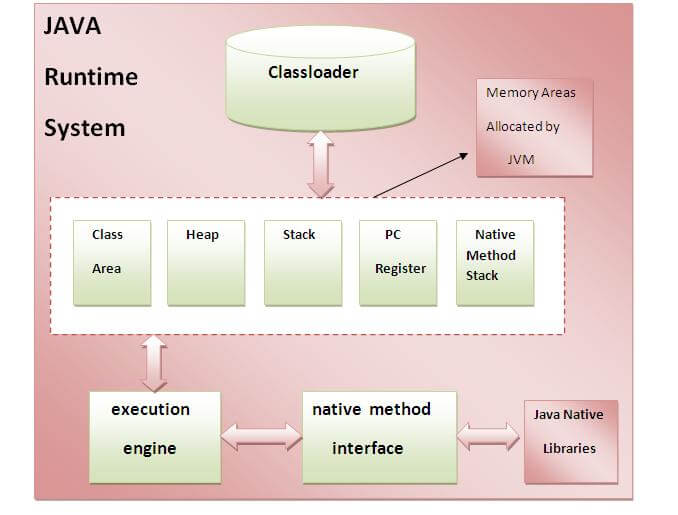
Let’s
say you’re an executive at a large corporation. Your particular
responsibilities include making sure that all of your employees have the
right hardware and software they need to do their jobs. Buying computers for everyone isn’t enough — you also have to purchase software or software licenses to
give employees the tools they require. Whenever you have a new hire,
you have to buy more software or make sure your current software license
allows another user. It’s so stressful that you find it difficult to go
to sleep on your huge pile of money every night.
Soon,
there may be an alternative for executives like you. Instead of
installing a suite of software for each computer, you’d only have to
load one application. That application would allow workers to log into a
Web-based service which hosts all the programs the user would need for
his or her job. Remote machines owned by another company would run
everything from e-mail to word processing to complex data analysis
programs. It’s called cloud computing, and it could change the entire computer industry.
In
a cloud computing system, there’s a significant workload shift. Local
computers no longer have to do all the heavy lifting when it comes to
running applications. The network of computers that make up the cloud
handles them instead. Hardware and software demands on the user’s side
decrease. The only thing the user’s computer needs to be able to run is
the cloud computing system’sinterface software, which can be as simple as a Web browser, and the cloud’s network takes care of the rest.
There’s
a good chance you’ve already used some form of cloud computing. If you
have an e-mail account with a Web-based e-mail service like Hotmail,
Yahoo! Mail or Gmail, then you’ve had some experience with cloud
computing. Instead of running an e-mail program on your computer, you
log in to aWeb e-mail account remotely. The software and storage for
your account doesn’t exist on your computer — it’s on the service’s
computer cloud.
Cloud Computing Architecture
When talking about a cloud computing system, it’s helpful to divide it into two sections: the front end and the back end. They connect to each other through a network, usually the internet. The front end is the side the computer user, or client, sees. The back end is the “cloud” section of the system.
The
front end includes the client’s computer(or computer network) and the
application required to access the cloud computing system. Not all cloud
computing systems have the same user interface. Services like
Web-based e-mail programs leverage existing Web browsers like Internet
Explorer or Firefox. Other systems have unique applications that provide
network access to clients.On the back
end of the system are the various computers, servers and data storage
systems that create the “cloud” of computing services. In theory, a
cloud computing system could include practically any computer program
you can imagine, from data processing to video games. Usually, each
application will have its own dedicated server.
A
central server administers the system, monitoring traffic and client
demands to ensure everything runs smoothly. It follows a set of rules
called protocols and uses a special kind of software called middleware.
Middleware allows networked computers to communicate with each other.
Most of the time, servers don’t run at full capacity. That means there’s
unused processing power going to waste. It’s possible to fool a
physical server into thinking it’s actually multiple servers, each
running with its own independent operating system. The technique is
called server virtualization. By maximizing the output of individual
servers, server virtualization reduces the need for more physical
machines.
If
a cloud computing company has a lot of clients, there’s likely to be a
high demand for a lot of storage space. Some companies require hundreds
of digital storage devices. Cloud computing systems need at least twice
the number of storage devices it requires to keep all its clients’
information stored. That’s because these devices, like all computers,
occasionally break down. A cloud computing system must make a copy of
all its clients’ information and store it on other devices. The copies
enable the central server to access backup machines to retrieve data
that otherwise would be unreachable. Making copies of data as a backup
is called redundancy.
Cloud Computing Applications
The
applications of cloud computing are practically limitless. With the
right middleware, a cloud computing system could execute all the
programs a normal computer could run. Potentially, everything from
generic word processing software to customized computer programs
designed for a specific company could work on a cloud computing system.
Why would anyone want to rely on another computer system to run programs and store data?
- Clients would be able to access
their applications and data from anywhere at any time. They could access
the cloud computing system using any computer linked to the Internet. Data wouldn’t be confined to a hard drive on one user’s computer or even a corporation’s internal network.
- It
could bring hardware costs down. Cloud computing systems would reduce
the need for advanced hardware on the client side. You wouldn’t need to
buy the fastest computer with the most memory, because the cloud system
would take care of those needs for you. Instead, you could buy an
inexpensive computer terminal. The terminal could include a monitor,
input devices like a keyboard and mouse and just enough processing power
to run the middleware necessary to connect to the cloud system. You
wouldn’t need a large hard drive because you’d store all your
information on a remote computer.
- Corporations
that rely on computers have to make sure they have the right software
in place to achieve goals. Cloud computing systems give these
organizations company-wide access to computer applications. The
companies don’t have to buy a set of software or software licenses for
every employee. Instead, the company could pay a metered fee to a cloud
computing company.
- Servers
and digital storage devices take up space. Some companies rent physical
space to store servers and databases because they don’t have it
available on site. Cloud computing gives these companies the option of
storing data on someone else’s hardware, removing the need for physical
space on the front end.
- Corporations might save money on IT support. Streamlined hardware would, in theory, have fewer problems than a network of heterogeneousmachines and operating systems.
- If the cloud computing system’s back end is a grid computing system,
then the client could take advantage of the entire network’s processing
power. Often, scientists and researchers work with calculations so
complex that it would take years for individual computers to complete
them. On a grid computing system, the client could send the calculation
to the cloud for processing. The cloud system would tap into the
processing power of all available computers on the back end,
significantly speeding up the calculation.
Cloud Computing Concerns
Perhaps the biggest concerns about cloud computing are security and privacy.
The idea of handing over important data to another company worries some
people. Corporate executives might hesitate to take advantage of a
cloud computing system because they can’t keep their company’s
information underlock and key.
The
counterargument to this position is that the companies offering cloud
computing services live and die by their reputations. It benefits these
companies to have reliable security measures in place. Otherwise, the
service would lose all its clients. It’s in their interest to employ the
most advanced techniques to protect their clients’ data.
Privacy
is another matter. If a client can log in from any location to access
data and applications, it’s possible the client’s privacy could be
compromised. Cloud computing companies will need to find ways to protect
client privacy. One way is to useauthentication techniques such as user
names and passwords. Another is to employ an authorization format — each user can access only the data and applications relevant to his or her job.
Some
questions regarding cloud computing are more philosophical. Does the
user or company subscribing to the cloud computing service own the data?
Does the cloud computing system, which provides the actual storage
space, own it? Is it possible for a cloud computing company to deny a
client access to that client’s data? Several companies, law firms and
universities are debating these and other questions about the nature of
cloud computing.
How
will cloud computing affect other industries? There’s a growing concern
in the IT industry about how cloud computing could impact the business
of computer maintenance and repair. If companies switch to using
streamlined computer systems, they’ll have fewer IT needs. Some industry
experts believe that the need for IT jobs will migrate to the back end
of the cloud computing system.
Another area of research in the computer science community is autonomic computing.
An autonomic computing system is self-managing, which means the system
monitors itself and takes measures to prevent or repair problems.
Currently, autonomic computing is mostly theoretical. But, if autonomic
computing becomes a reality, it could eliminate the need for many IT
maintenance jobs.














